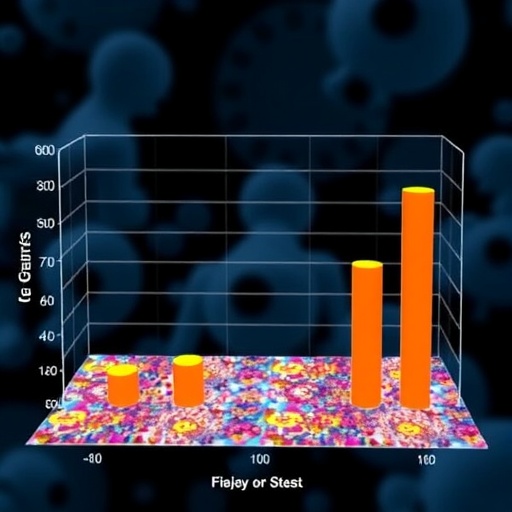SAN DIEGO, APRIL 26, 2018 – Two new studies examined seasonal variations in cardiac-related hospitalizations specifically for aortic dissection and ST-Elevation Myocardial Infarctions (STEMI). The results of both studies revealed winter as the most common time for hospital admissions and used the Nationwide Inpatient Sample database (NIS) for analysis. Results were presented at the Society for Cardiovascular Angiography and Interventions (SCAI) Scientific Sessions in San Diego.
Aortic dissection is a serious condition where there is a tear in the inner lining of the aortic vessel and if left untreated, is associated with a high mortality rate of nearly 50 percent at 48 hours (NCBI). Additionally, STEMI is a serious type of heart attack during which one of the heart's major arteries is blocked–making it one of the leading causes of deaths in the U.S. contributing to about 735,000 American heart attacks each year (CDC).
One study, led by Dr. Dhara Patel, Central Michigan University College of Medicine in Mount Pleasant, MI, estimated an annual number of patient hospitalizations for aortic dissection from 2000-2012. The frequency of hospitalization per month over the 12 years was calculated and divided by the number of days to determine the mean hospitalizations per day for each month. An estimated 6,199 hospitalizations with a primary diagnosis of aortic dissection occurred with the number of hospitalizations per day stratified by season. Results of this study show hospitalizations highest in winter (January) and lowest in summer (June).
"While earlier studies have shown seasonal variations for other cardiac conditions, this is the first time we found an impressive pattern of seasonal variation in hospitalizations in the U.S. specifically for aortic dissection," said Dhara Patel, MD. "Our results show a notable increase in hospital rates in the winter, and now we need to work to truly understand why this is happening. It is our hope that by understanding the connection between colder months and aortic dissection, we can ultimately prevent future cases and help improve patient outcomes."
A second study reviewed patients from the NIS database admitted with STEMI from 2007 to 2011. Patients were assessed by weekday and weekend and also stratified by month. Of the 827,196 STEMI patients identified, 595,452 were admitted during the weekday, and 231,745 during the weekend. The results for in-hospital mortality rates ranged by month and showed patients admitted with STEMI having a higher mortality rate in winter months than in summer months. Mortality rates in June to August ranged from 6.1-6.7 percent, whereas in winter months, December to February, mortality rates ranged from 7.2-7.6 percent.
"Our study is the largest of its kind to look at the effect of admission day/month on STEMI outcomes, and our results show a higher mortality rate in winter months," says lead author, Chowdhury Ahsan, MD, University of Nevada Las Vegas, School of Medicine. "Patients included in this study transferred locations at some point while receiving care, which only stresses the vital importance of having an interconnected healthcare system to decrease mortality rates during winter months and deliver optimum patient care."
Further research is warranted to understand the connection between seasonal variations, aortic dissection, and STEMI and to identify underlying risk factors causing an increase in cardiac events in the winter. With more data, clinicians will have a better understanding of the correlation and help decrease mortality rates among patients with these cardiac conditions.
###
Session Details:
"Poster Session V: Seasonal Trend of Aortic Dissections: A 12 Year Retrospective Analysis of National Database" [April 26, 2018, 5:00 p.m. – 5:30 p.m. PDT, Grand Hall]
"Poster Session I: Impact of Admission Day and Month on Outcomes of ST-Segment Elevation Myocardial Infarction in the United States" [April 25, 2018, 4:00 p.m. – 4:30 p.m. PDT, Grand Hall]
About SCAI:
The Society for Cardiovascular Angiography and Interventions is a 4,200-member professional organization representing invasive and interventional cardiologists in approximately 75 nations. SCAI's mission is to promote excellence in invasive/interventional cardiovascular medicine through physician education and representation, and advancement of quality standards to enhance patient care.
For more information about the SCAI 2018 Scientific Sessions, visit http://www.scai.org/SCAI2018/default.aspx.
Media Contact
Kim Brown
[email protected]
202-498-2601
http://www.scai.org




